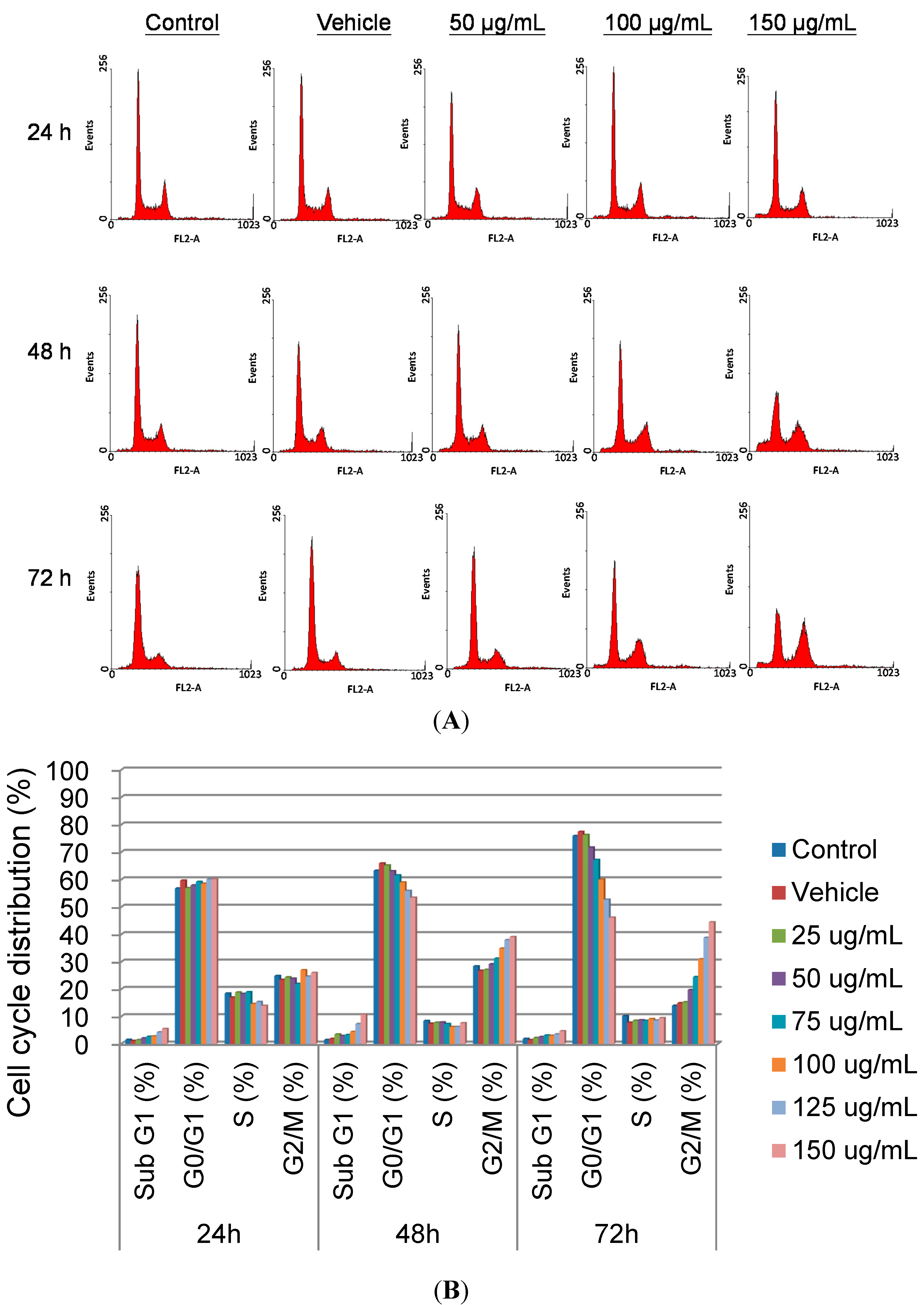Winmdi 29 Free Download Software
Title: Flow Cytometry Basic Training 1 Flow Cytometry Basic Training • A Look Inside the Box James MarvinFlow Cytometry Facility Northwestern University 2 (No Transcript) 3 Section I • Background Information on Flow Cytometry 4 The Many Parts of Flow • Experimental design • Sample preparation • Choosing the proper instrument • Setting up the instrument • Collecting the proper data • Interpreting the data • Graphics presentation and publication • Sorting Specific Applications Courses Flow Basics Data Analysis 5 What Is Flow Cytometry? • Flow cells in motion • Cyto cell • Metry measure • Measuring properties of cells while in a fluid stream 6 (No Transcript) 7 Cytometry vs. Flow Cytometry • Cytometry • Localization of antigen is possible • Poor enumeration of cell subtypes • Limiting number of simultaneous measurements • Flow Cytometry.
• Cannot tell you where antigen is. • Can analyze many cells in a short time frame. • Can look at numerous parameters at once.
Download kmsauto net 2014 v116zip. Or disable Anti-Virus at the time of activation.
Best IDE software free downloads. FreeDownloadManager.org offers detailed descriptions, free and clean downloads, relevant screenshots and latest versions of the software you are looking for. WinMDI is the best free software for the analysis of flow cytometry data. I use the program since 4 years and until now it provided almost all functions I needed.
8 Uses of Flow Cytometry • It can be used for • Immunophenotyping • DNA cell cycle/tumor ploidy • Membrane potential • Ion flux • Cell viability • Intracellular protein staining • pH changes • Cell tracking and proliferation • Sorting • Redox state • Chromatin structure • Total protein • Lipids • Surface charge • Membrane fusion/runover • Enzyme activity • Oxidative metabolism • Sulfhydryl groups/glutathione 9 Background Info Summary • Flow Cytometry is a quickly expanding technology • Has continually increased in popularity since the mid 1980s. • Gives us the ability to analyze many properties of many cells in very little time 10 Section II • The 4 Main Components of a Flow Cytometer 11 What Happens in a Flow Cytometer?
• Cells in suspension flow single file past • a focused laser where they scatter light and emit fluorescence that is filtered and collected • then converted to digitized values that are stored in a file • Which can then be read by specialized software. 12 What Happens in a Flow Cytometer (Simplified) 13 The Fluidics SystemCells in suspension flow single file • You need to have the cells flow one-by-one into the cytometer to do single cell analysis • Accomplished through a pressurized laminar flow system.
• The sample is injected into a sheath fluid as it passes through a small orifice (50um-300um) 14 Fluidics Schematic Sample Tube 15 How The Flow Cell Works • The cells from the sample tube are injected into the sheath stream • Flow in a flow cell is laminar. • Hydrodynamic focusing pushes the cells to line up single file along their long axis. • The shape of the flow cell provides the means for hydrodynamic focusing.
16 Fluidics Notice how the ink is focused into a tight stream as it is drawn into the tube under laminar flow conditions. Notice also how the position of the inner ink stream is influenced by the position of the ink source. Fellner-Feldegg E. Menke - MLM Chapt. 3 17 Particle Orientation and Deformation a Native human erythrocytes near the margin of the core stream of a short tube (orifice). The cells are uniformly oriented and elongated by the hydrodynamic forces of the inlet flow.
B In the turbulent flow near the tube wall, the cells are deformed and disoriented in a very individual way. Kachel, et al. 3 18 The Flow Cell The introduction of a large volume into a small volume in such a way that it becomes focused along an axis is called Hydrodynamic Focusing. Sheath Original from Purdue University Cytometry Laboratories, Modified by James Marvin 19 Sample Sample Sheath Sheath Sheath Sample Core Stream Laser Focal Point Incoming Laser Low Differential High Differential 20 Sample Differential • Difference in pressure between sample and sheath • This will control sample volume flow rate • The greater the differential, the wider the sample core. • If differential is too large, cells will no longer line up single file • Results in wider CVs and increase in multiple cells passing through the laser at once. No more single cell analysis! 21 Low pressure High pressure 22 Fluidics Recap • Purpose is to have cells flow one-by-one past a light source.
